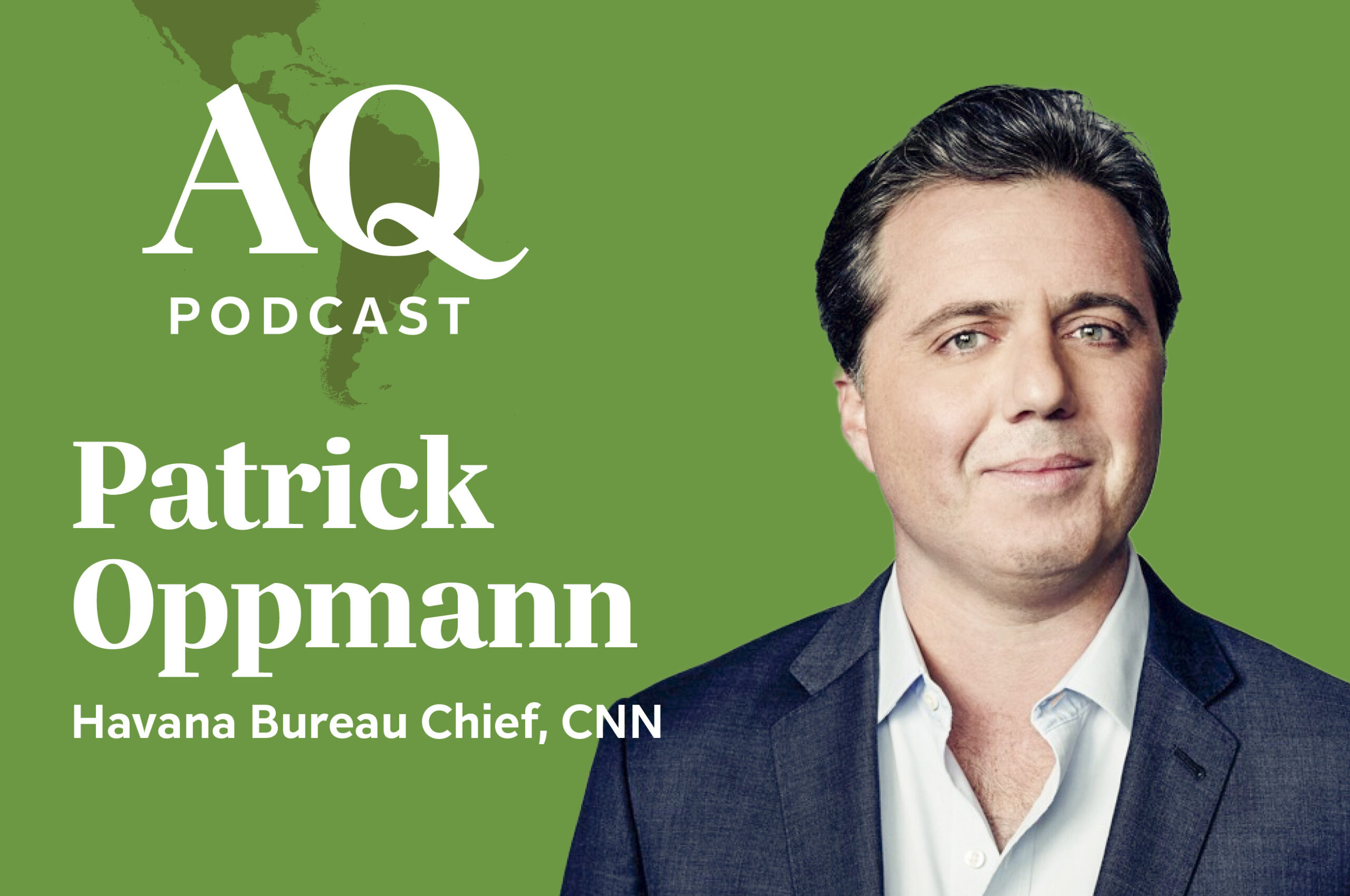Lessons for Regionwide Engagement from Obama's Latin America Trip
Lessons for Regionwide Engagement from Obama's Latin America Trip
The president’s message was well received in Brazil, Chile, and El Salvador but his regional speech may have fallen on deaf ears outside those countries.
President Obama’s trip to Latin America can be broken down as an essentially successful visit to Brazil and an uneventful trip to Chile and El Salvador. Unfortunately, the disappointing visit to Spanish-speaking Latin America has cast a shadow on the accomplishments achieved in Brazil.
The main oversight of the trip is that Latin America should no longer be considered a homogenous region, and U.S. presidents should refrain from speaking to all of Latin America. The region is much more dynamic than that. Political and economic developments have created huge, cross-country differences in ideology and socioeconomic realities. Mexico, for example, has a relationship of mutual dependence with the U.S. such that American presidents no longer deal with Mexico as part of Latin America. From NAFTA to unauthorized immigration, from trade issues to drug trafficking, Mexico has a much more diverse agenda with the United States than any other Latin American country.
The rest of the region has an equally diverse agenda with the United States. Cuba’s relationship with the U.S. is still trapped in Cold War logic. Haiti depends largely on the success of the UN peacekeeping mission. Colombia is after a free-trade agreement with the U.S. while Venezuela and Bolivia have deep political and ideological differences with their northern neighbor. Central American countries worry about immigration policy much more so than Argentina or Uruguay. For Chile, a top concern is elimination of visa requirements for their nationals visiting the U.S.—a request that would be unthinkable for the Dominican Republic.
Access the full story at AmericasQuarterly.org.
Patricio Navia is a master teacher at New York University, a member of the AQ Editorial Board, and a regular columnist at La Tercera newspaper and Capital magazine in Chile.








